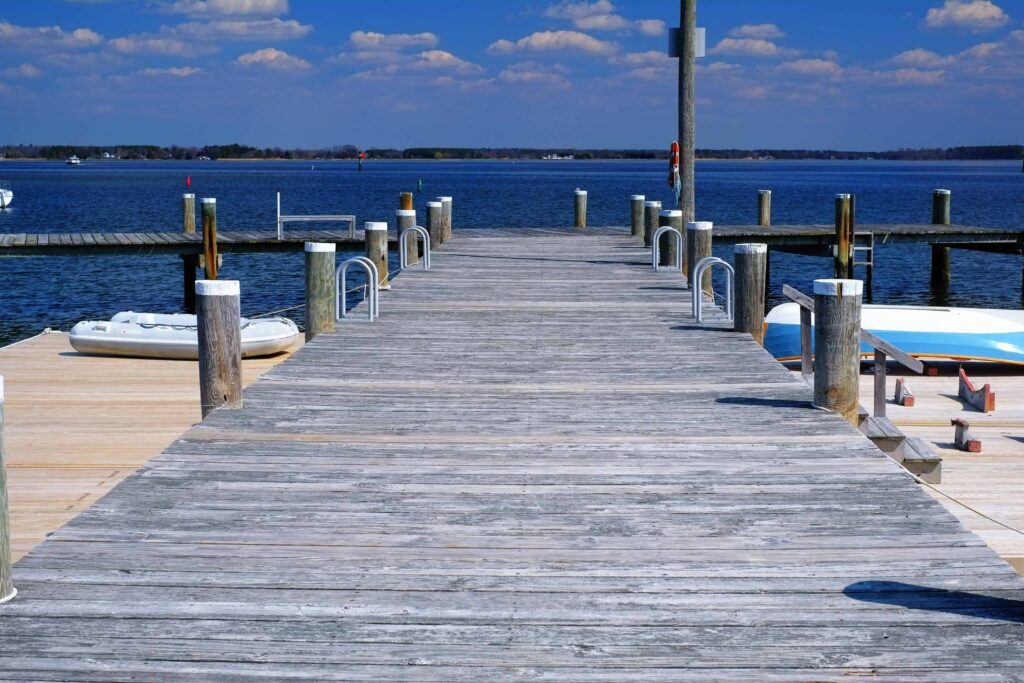
Maintaining an efficient, safe, and functional dock is crucial for businesses that rely on shipping and receiving goods. When a dock begins to show signs of wear and tear or sustains damage, it’s essential to address the issues promptly to avoid any disruptions in operations. In this featured post, we will outline nine steps to repair a dock, ensuring its longevity and usability successfully.
1. Assess the Damage
Before diving into any services offering dock repair in Spokane, WA, it’s crucial to conduct a thorough assessment of the dock’s condition. Look for visible damages such as cracks, bends, or broken components. Additionally, inspect the level of the surface, ensuring that there are no gaps or uneven spots that could impede smooth movement.
2. Develop a Repair Plan
Once the assessment is complete, it’s time to develop a repair plan tailored to the specific needs of your dock. Identify which areas need immediate attention and prioritize repairs accordingly. This plan should outline the materials required for each repair task and estimate the timeline for completion.
3. Gather Necessary Materials
Next, gather all the materials needed to make the repairs. This may include items such as concrete patching compounds, welding equipment (if applicable), replacement parts or boards (if necessary), safety gear, fasteners, and adhesives. By having all materials on hand before starting repairs, you can streamline the process and minimize downtime.
4. Secure Permits and Permissions
In some cases, repairing a dock may require permits or permissions from local authorities or property owners if it’s a shared space. Make sure to research and obtain any necessary permits before commencing dock repairs to ensure compliance with regulations.
5. Start with Structural Repairs
Addressing structural issues should be your top priority during dock repairs. This includes securing loose connections between dock sections or frames and fixing damaged support structures such as pilings or piers. Reinforce any weak areas with additional bracing or steel plates to enhance the structural integrity of the dock.
6. Repair the Surface
The surface of the dock undergoes significant wear and tear due to constant usage, weather conditions, and heavy loads. Proper repair and maintenance are crucial for maintaining a smooth and safe surface for operations. Start by removing any loose debris, dirt, or rust from the surface. Then, depending on your specific surface material (e.g., wood or concrete), apply suitable repair techniques such as filling cracks or replacing damaged boards.
7. Check Electrical Systems
Inspecting and repairing electrical systems on a dock is essential for ensuring safety during loading and unloading operations. Verify that all electrical connections are intact, including lighting fixtures, power outlets, conveyor systems, or other equipment requiring electrical supply. Pay particular attention to exposed wires or damaged insulation that could pose a risk of electrical shock.
8. Replace Dock Hardware
Dock hardware such as ropes, bollards, cleats, and bumpers may need replacement over time due to regular use and exposure to harsh environments like water and sunlight. Check these hardware components thoroughly and replace any that show signs of excessive wear or damage. This will improve your dock’s usability while reducing the risk of accidents or property damage during vessel docking maneuvers.
9. Regular Maintenance & Inspection
Once all repairs are complete, pay attention to regular maintenance and inspections moving forward. Establish a preventive maintenance schedule for routine checks on critical components like hinges, bolts, latches, bearings, anchors, etc., to ensure their proper functioning in the long run. Regular inspections will help identify potential issues before they escalate into significant problems.
Conclusion

Repairing a dock requires careful planning and execution to maintain its functionality and extend its lifespan effectively. By following these nine steps – from assessing damages to regularly inspecting your repaired dock – you can ensure that your operations run smoothly while keeping safety at the forefront. Remember that timely repairs not only save money but also enhance productivity and protect your assets in the long term.
- 0shares
- Facebook0
- Pinterest0
- Twitter0



